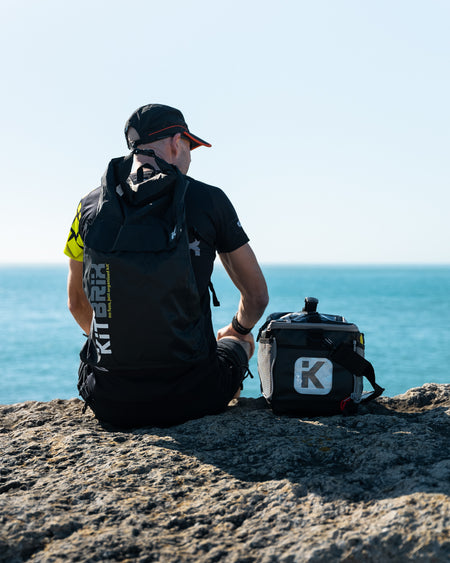
Are you considering signing up for a triathlon? At Kitbrix we know just how daunting that can be! Be prepared with our most frequently asked questions about cycling in a triathlon...
1. What bike can I use for a triathlon?
The short answer is any bike, as long as it’s road legal and safe! This will either be checked on race day or the day before. Especially if it is your first triathlon you do not need to go out and buy a hi-tech bike costing you thousands of pounds. For example, you can use an old road bike, a mountain bike, a hybrid bike or any bike you can borrow. Particularly if it is a sprint triathlon, you will be cycling with triathletes on all types of bikes. If you did want to make the leap to a more professional one, visit an unbiased store, ask for a few recommendations and test them out. You will then be able to get it fitted to your specific measurements.
2. Do I need to wear a bike helmet?
YES. It is a legal requirement for all triathletes to wear a helmet during a triathlon. When your bike is being checked, your helmet will also be looked over to ensure it complies with competition rules and safety regulations. Your bike helmet will be checked again on race day. Your helmet must be worn and safely secured from the second you remove your bike from the bike rack, till after it is placed in the bike race after the cycle leg. If you fail to do this it may result in a time penalty! Whilst most bike helmets will do just fine, there is the option of Aero Helmets which reduce drag when cycling at speed.

3. What are Power Meters? Do I need one?
Power Meters, also known as Computrainers can be attached to your bike which allows you to accurately track mileage, speed, power output and more. If this is your first triathlon however, you do not need to worry about these.
4. What is drafting?
Drafting is when one cyclist gets too close to the cyclist in front to save energy from the wind shield. However, this can be dangerous and is often penalised. Avoid this by either cycling past the person in front or staying well behind, maintaining a 7x3m box around the cyclist ahead of you.
5. Can I listen to music during the cycle leg?
No. Whilst listening to music may help you focus, it inhibits your ability to hear other races and staff around you. This means it is a safety hazard and can lead to disqualification.

6. What are jelly legs?
Jelly legs describe the sensation you feel when switching between either swimming and cycling or cycling and running. It is caused by the change in muscles you are using. This will often fade after the transition, but can also be helped by practicing transitions during training.
7. What kit should I bring for the cycle leg?
The nature of a triathlon is that it has three different legs made up of three different sports. This means you will require specific equipment for each leg. For the cycle portion of the race you will need a bike, helmet, spare inner tube, bike pump in case of puncture, tire repair kit, talc to dry your feet quickly after the swim, glasses to prevent wind, bugs and dirt obstructing your vision, cycling shorts, bike shoes if you are using clip-ins (or alternatively running shoes) and a water bottle stored on your bike.
Still have a few questions? You can read our other FAQ blogs here…
‘Your Essential Triathlon Questions Answered’







